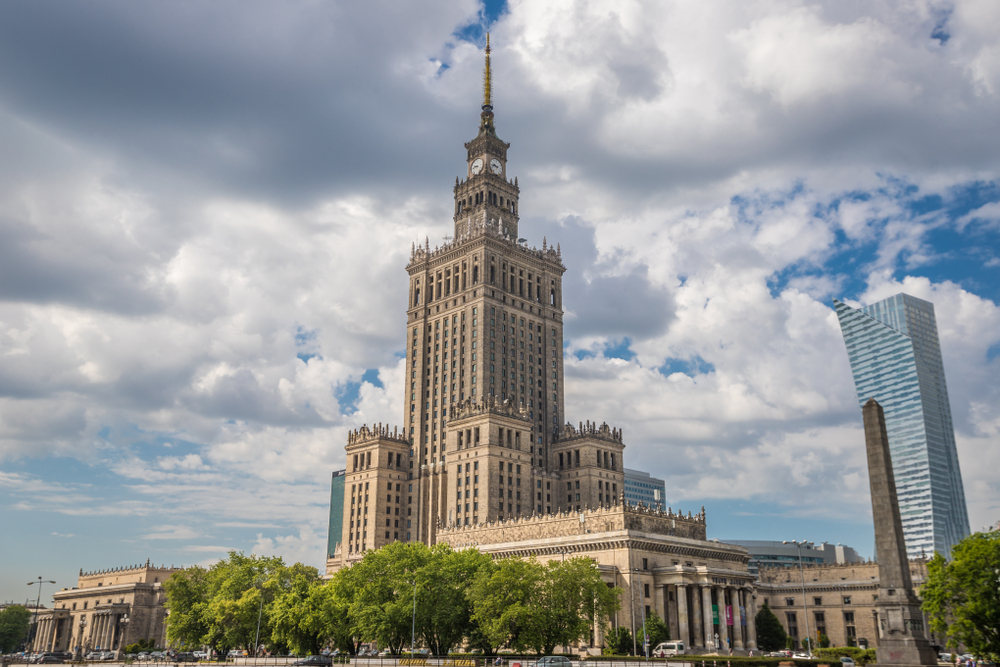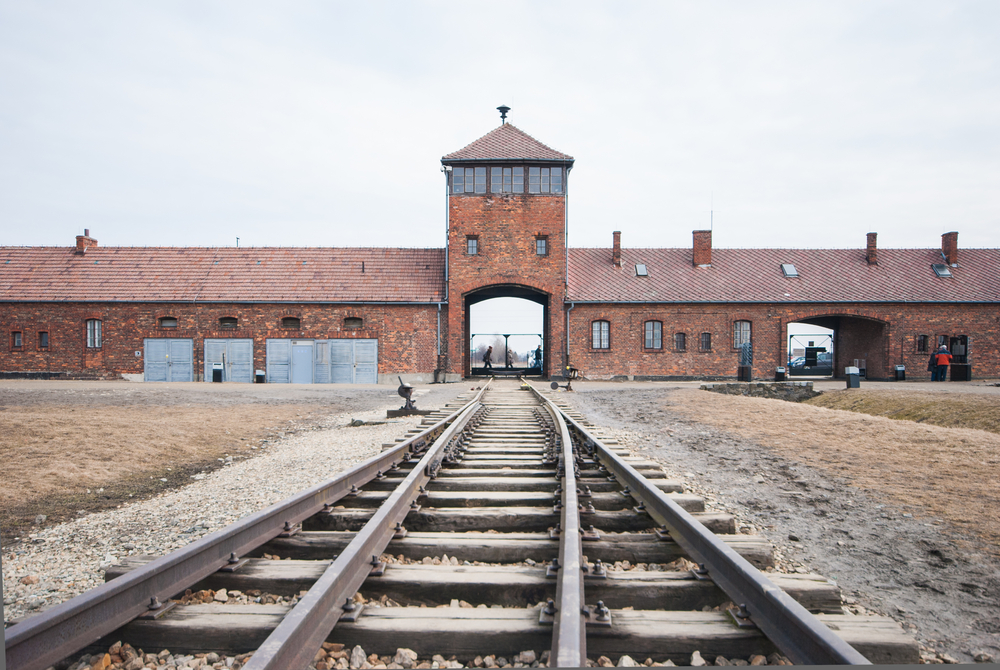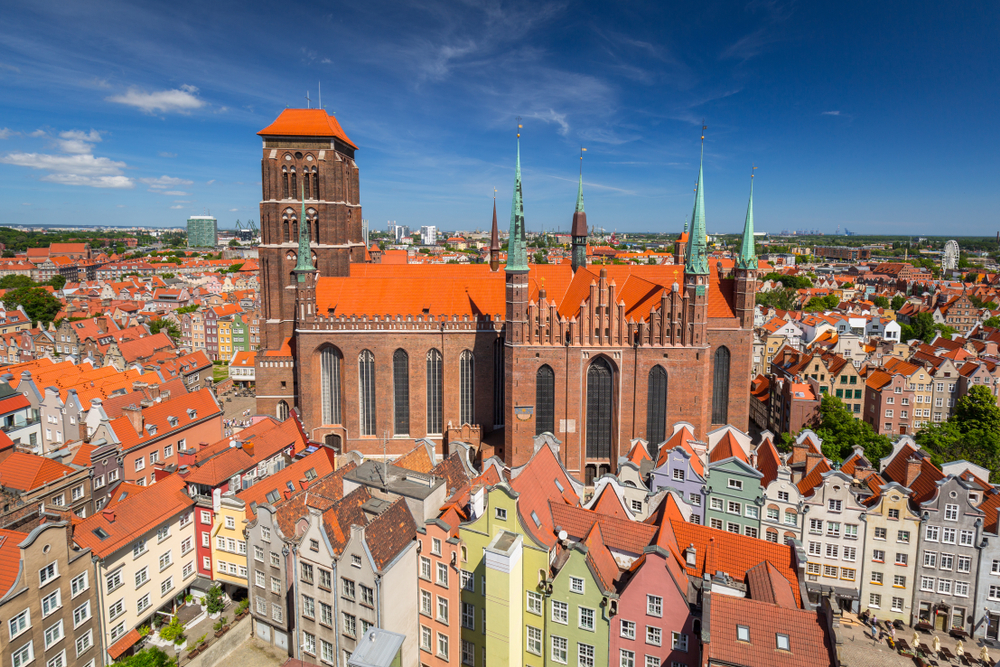【Exploring Polish History and Culture】 Inside Eastern Europe's War Remnant Cities
 Weather forecast of Poland
Weather forecast of Poland





Share the article:

Inside Eastern Europe's War Remnant Cities
I still remember that World History was one of my favourite subjects in secondary school. When I was reading about the Second World War, my teacher repeatedly mentioned one country and emphasised its significance, which remained important even during the Cold War, and that was Poland, a major country in Eastern Europe. Unlike other Eastern European countries such as Austria, the Czech and Hungary, Poland's tourism resources are not as good, and it is not a must-visit destination for all tour groups. The two most familiar places are Warsaw, the capital, and Krakow, the second largest city located near the concentration camps.
Warsaw was an important battlefield during the Second World War, a place where soldiers had to fight for their lives, so it was almost razed to the ground during the war. In addition, it was ruled by the Nazis and the Soviet Communists in the last century, and its development came to a standstill. Luckily, as the Iron Curtain gradually disintegrated in the early 1990s, Poland was finally able to regain its strength and most of its historical buildings were completely rebuilt. This resulted in a mixture of historical and modern architectural styles in Warsaw, reflecting the city's and the country's turbulent past.
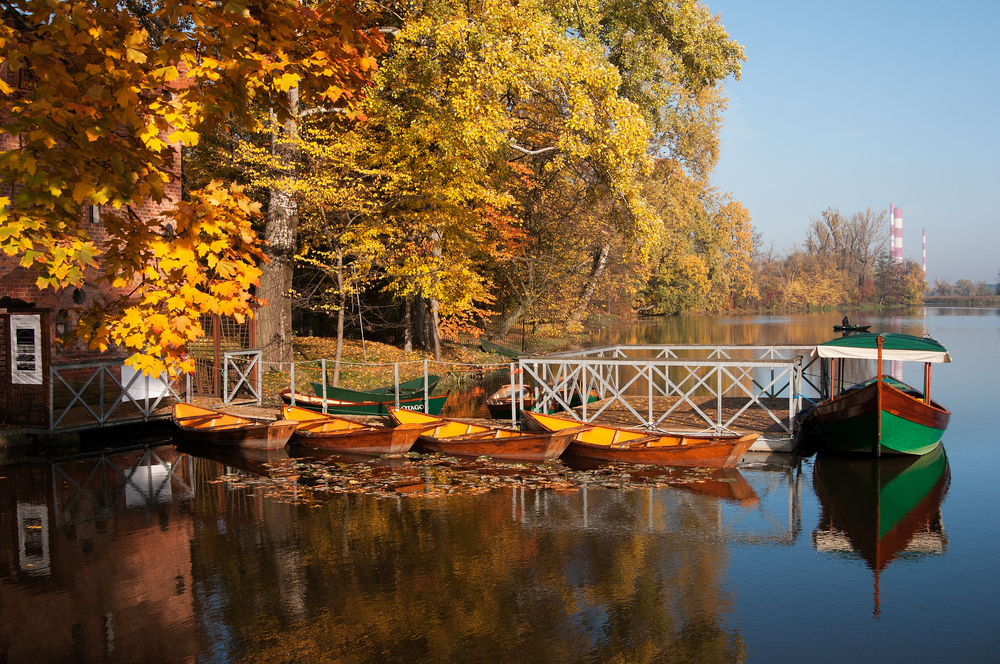
October is the best season to visit Poland, the golden autumn leaves are everywhere, especially romantic and enchanting.
When it comes to must-see sights in Poland, I believe nine out of ten people will first choose Auschwitz Concentration Camp, located in the south of Poland, 60 kilometres south-west of Krakow. During the Second World War, the Nazi Germans ordered the construction of the camp and carried out a systematic Jewish massacre through the extermination camp. It is estimated that about 1.1 million people were killed in the camp, which is regarded as one of the darkest periods of human history. The concentration camps have been listed as a World Heritage Site, warning future generations of the horrors of war and the evil consequences of racial hatred. Although I have visited many concentration camps and torture camps, such as the Cambodian mass graves and the Cu Chi tunnels in Vietnam, the scale and world historical significance of the camps are far less than that of the Polish concentration camps. Please be prepared before visiting the camps to avoid insomnia at night.
Apart from the history of war, Poland's cultural history has also had a global impact. The Chopin Museum is one of Warsaw's most famous landmarks. The museum not only provides an interactive account of Chopin's life, but also preserves the piano he used during his lifetime, as well as the original manuscripts of his musical compositions and letters to and from his family. In addition to the museum, Chopin concerts are held every day in the old city's concert halls to commemorate the man who is still the most popular musical figure in the world.
When visiting Poland, I think it's important to have a tour guide who is familiar with the history, culture and customs of the country. Poland may not have skyscrapers, luxurious palaces and other eye-catching attractions, but the story behind each attraction is what makes it most worthwhile to visit. After visiting a series of famous sights, it is also highly recommended to set aside a half to full day to take a tram tour of Warsaw and slow down your pace to experience this historical and cultural city. With the introduction of the ‘Tram Day Pass’ and the government's promotion of the tram as a major mode of transport, there is a comprehensive network of trams running through the old and new towns. To experience the daily life of the locals, a tram tour is absolutely indispensable.
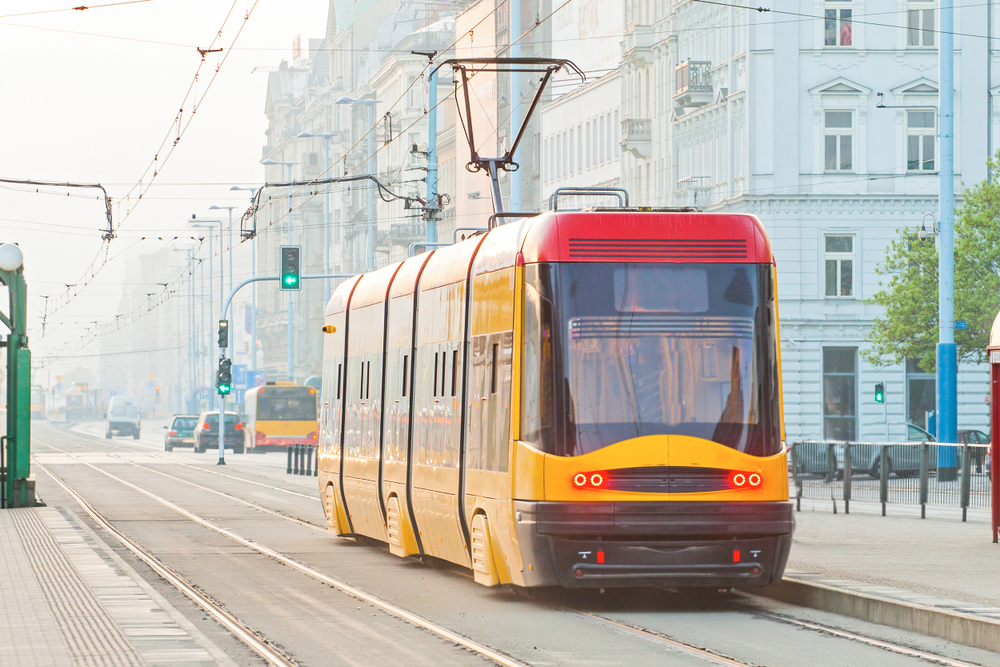
It is recommended taking the tram to roam around the city and discover your favourite spots in Warsaw.
English translation: Deepl.com


